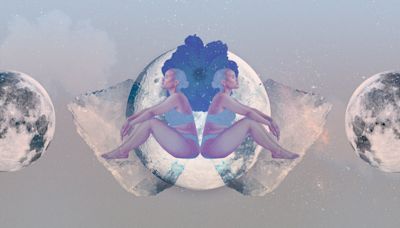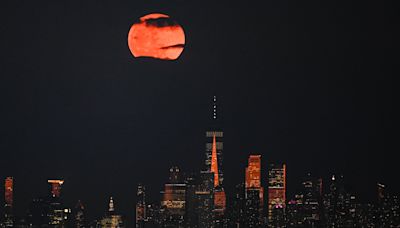Search results
1 day ago · The moon has been bound to Earth for the vast majority of its 4.5 billion-year dance around the sun. Astrophysicists speculate that the moon's origin lies in an ancient collision, when a Mars-size ...
Sep 7, 2023 · The Moon is Earth’s only permanent natural satellite, and it’s the fifth-largest satellite in our solar system. The Moon’s diameter is approximately 2,160 miles (3,475 kilometers), or about...
… Moon Facts. The brightest and largest object in our night sky, the Moon makes Earth a more livable planet by moderating our home planet's wobble on its axis, leading to a relatively stable climate. It also causes tides, creating a rhythm that has guided humans for thousands of years. 10 things.
It travels around our planet once every 27.322 days in an elliptical orbit, an elongated circle. The Moon is tidally locked with Earth, which means that it spins on its axis exactly once each time it orbits our planet. Because of this, people on Earth only ever see one side of the Moon. We call this motion synchronous rotation.
May 23, 2023 · Daisy Dobrijevic. last updated 23 May 2023. The moon has fascinated humans for millennia. Learn how the moon formed, how its orbit affects Earth's tides, why solar and lunar eclipses happen and...
Sep 27, 2017 · By Paul D. Spudis, Lunar and Planetary Institute The Moon has held our imaginations for millennia, yet it is only in modern times that we have visited this body, first with robotic machines and then with astronauts. Exploration of the Moon has taught us much about the evolution of the solar system and ourselves. We’ve […]
The brightest and largest object in our night sky, the Moon makes Earth a more livable planet by moderating our home planet's wobble on its axis, leading to a relatively stable climate. It also causes tides, creating a rhythm that has guided humans for thousands of years.







